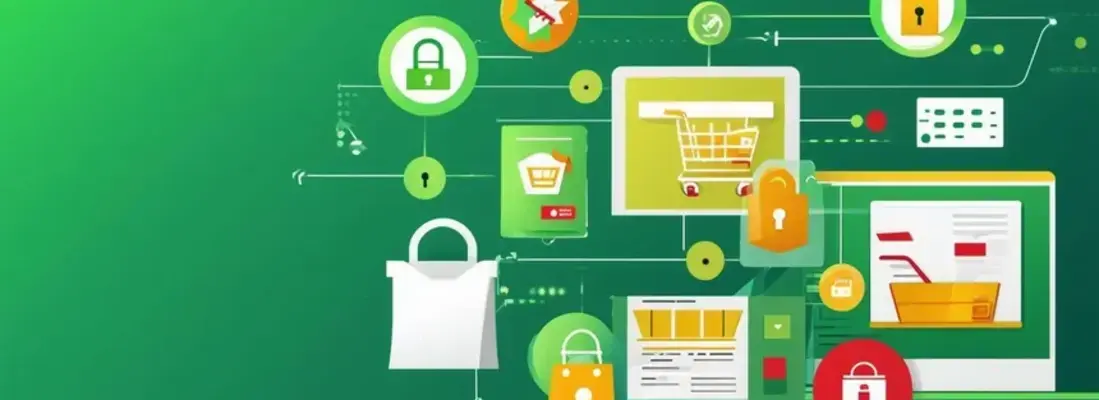Zero Trust Security Model: Why Is It Critical for Modern Enterprises?
Date: 16 January 2025

We live in a world where cyber threats are evolving at an incredible rate. Traditional security models no longer cope with the challenges posed by complex and multi-component infrastructures. That is why the issue of information security has become a priority, especially for business enterprises.
This is where the concept of Zero Trust Security Model comes to the fore. It is based on the principle of “trust no one, always check”. Therefore, below we will look at not only why this model is critical to protecting modern enterprises, but also how it protects confidential data and what role it plays in implementing the latest network security strategies.
The Zero Trust Model: Exploring the Nuances
The Zero Trust Security Model is a special approach to cybersecurity based on rigorous verification of every device and user. This is regardless of whether they are inside or outside the corporate network. The main goal of this model is to ensure that access is constantly monitored and checked and thus eliminate the risk of compromising systems.
The importance of such a model becomes apparent in the conditions in which modern enterprises operate. Namely, when they constantly use cloud services, IoT, and remote work. These factors create vulnerabilities that attackers can use for attacks. In this context, protecting sensitive data is not only a technical but also a strategic task.
The Importance of Cookie Management for Data Protection
Proper management of user data, including cookies, is one of the most important aspects of modern security. Removing iPhone cookies is an example of a basic but effective practice. It allows you to protect data by clearing your browser history.
Most users do not realize how significant this step can be. This leaves devices vulnerable to malicious actions. Modern instructions, including knowledge of ways to delete cookies on iPhone, help to realise the importance of this practice. By deleting cookies, you not only clean up your device, but also create a barrier to potential attacks. Protecting data by clearing cookies is crucial to maintaining privacy in the digital age.

Image Source: Deposit Photos
Zero Trust: Basic Principles
Every Access Verification
Verifying each person and device each time they attempt to access the system is essential. This implies that requests for resource access are not always granted. Identification and authentication are required for every user, device, and service. We employ MFA and biometric verification for this.
Monitoring: Behaviour Analysis
Active monitoring helps to detect anomalous activities. Also, to prevent possible attacks. Continuous monitoring of user and device activity allows you to identify attempts to access:
- Unusual resources
- Abnormal request frequency
- Configuration changes
Network segmentation
Segment network resources into separate parts. This makes it more difficult for threats to propagate. Each segment will, in the end, operate as a distinct zone with well-defined access regulations. Additionally, segmentation makes it easier for companies to adhere to security and regulatory requirements.
Minimum privileges
Provide an access to systems on a need-to-access or need-to-know basis. That is, users will be granted only the level of access required to perform specific tasks.
Benefits for Modern Enterprises
1. Flexibility and Adaptability: The concept supports contemporary corporate infrastructure and is simple to incorporate into cloud services.
2. Confidential Data Protection: With Zero Trust, companies can protect their data more effectively. Even if attackers have gained access to certain resources.
3. Improved network security strategies: Zero Trust provides a holistic approach to security. It covers all aspects of the enterprise infrastructure.
 Image Source: Deposit Photos
Image Source: Deposit Photos
Zero Trust Implementation
1. Assess all risks: Analyse weaknesses. Identify the most vulnerable areas.
2. Implement multi-level authentication: Add additional levels of verification. Among them, biometric data and temporary codes.3. Automate the process: Use specialised tools to simplify access monitoring and management.
4. Train your employees: Raise cybersecurity awareness among your staff. This is a crucial factor in the successful implementation of the model.5. Adhere to least privilege principles and Just-in-Time access: Limit the time of access to systems and resources. Just-in-Time access grants rights only for the period of a specific task. This greatly reduces the risk of accounts being used by intruders.
6. Manage traffic in real-time: Put in place monitoring systems that keep tabs on and examine all incoming and outgoing communication. This enables you to recognize and address possible dangers promptly.7. Make an integration with cybersecurity tools: It allows you to create a unified protection system that works effectively. Zero Trust implementation should consider existing tools. In particular, SIEM, IAM, and antivirus solutions.
Summary
An essential strategy for addressing the difficulties of the contemporary digital era is the Zero Trust Security Model. Businesses are able to effectively combat attacks because of techniques for safeguarding sensitive information and enhancing network security.
By effectively putting this concept into practice, you may boost partners' and consumers' trust while simultaneously protecting information. These days, one of the most important success elements is security. Zero Trust is therefore essential for contemporary businesses.







